A super day in Bratislava after an unexpectedly chilly night.
--
Atlas Obscura: Meet Cumil, Bratislava's somewhat notorious sewer worker statue.
Debate rages on as to what this cheeky chap is actually doing as he pokes out of a sculptural manhole in Bratislava’s old town district. The odd statue was installed in 1997 as part of an effort to spice up the look and feel of the area, which was traditionally marked with drab, Communist-era architecture and decoration.
As Cumil is leaning out over a curb it comes as no surprise that his head has been clipped off more than once by careless motorists. In order to protect drivers, amblers, and—most importantly—Cumil himself, the city installed a warning sign just above his head.
Physical dangers aside, Cumil has come to be a beloved institution in the city, and visitors come come all over to lay in the street and look him in the eyes, or just sit on his head.
--
Atlas Obscura: Napoleon and his army came to Bratislava in December 1805, when 9,000 infantry soldiers and 300 horsemen marched through the streets. While passing through the town, one of the soldiers is said to have fallen in love with a local girl. He decided to stay in Bratislava and began making sparkling wine which he named after himself, Hubert.
--
We spent some time hunting out this small memorial...
Atlas Obscura: Brass plaques embedded in pavement preserve the memories of those who lost their lives at the hands of Nazis during World War II.
The Pamätné Kamene of Bratislava
The Stolperseine Project was begun by German artist Gunter Denmig in 1992. The name of the Stolpersteine in Slovak is pamätné kamene, meaning “memorial stones.” The project aims to commemorate individuals at their last place of residency or, in some instances, their place of work, which was freely chosen by the person before they fell victim to Nazi terror, eugenics, euthanasia, deportation to extermination camps, or those who managed to escape persecution by emigration or suicide.
This is achieved by placing small brass plaques (10 centimeters by 10 centimeters) engraved with the names and life information of those who were killed by Nazis. The first pamätné kamene were placed in Slovakia in 2012. Pamätné kamene are currently placed at 16 locations in Bratislava.
City representatives from Bratislava have gone on record as stating that these stones should express the respect and wish for the Slovak capital to become, again, a place where people of different cultures and creeds can live together side by side peacefully.
Most pamätné kamene are placed to commemorate Jewish individuals but criticism has been voiced about the project. Charlotte Knobloch, described it as “unbearable” to put the names of murdered Jews on plaques which are then embedded in the ground where people can step on them with their feet. Many other prominent Jewish leaders however defend the memorial stones.
Joseph Pearson, a Cambridge historian, argues that “It is not what is written [on the stolpersteine] which intrigues, because the inscription is insufficient to conjure a person. It is the emptiness, void, lack of information, the maw of the forgotten, which gives the monuments their power and lifts them from the banality of a statistic.”
[cont.]
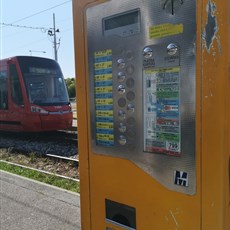
Bratislava
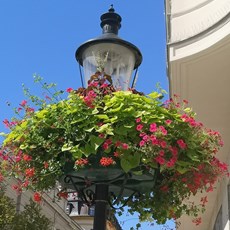
Bratislava
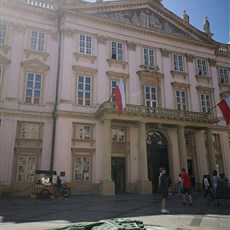
Bratislava

Bratislava
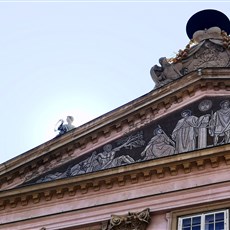
Bratislava
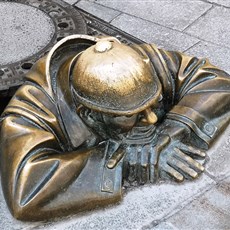
Cumil
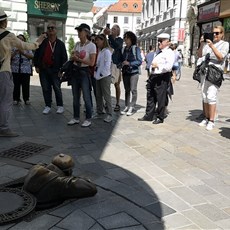
Cumil
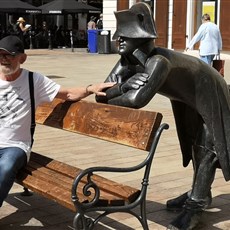
Napoleon's soldier

Napoleon's soldier
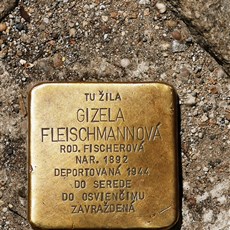
Pamätné Kamene
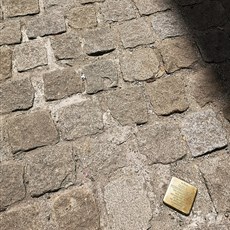
Pamätné Kamene